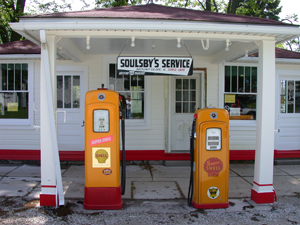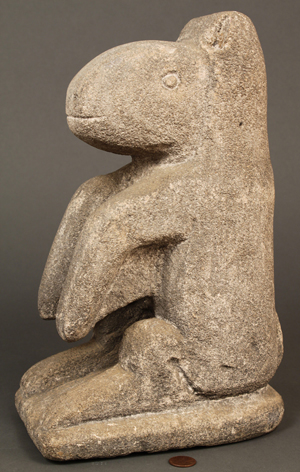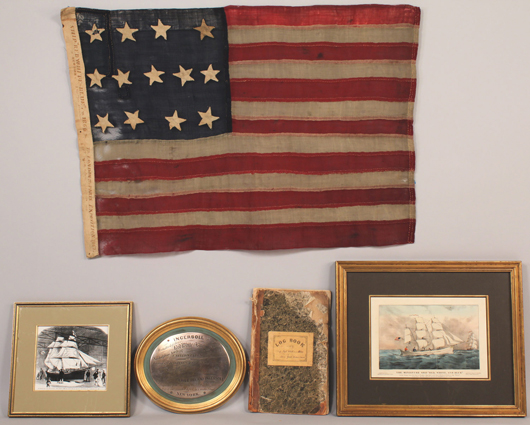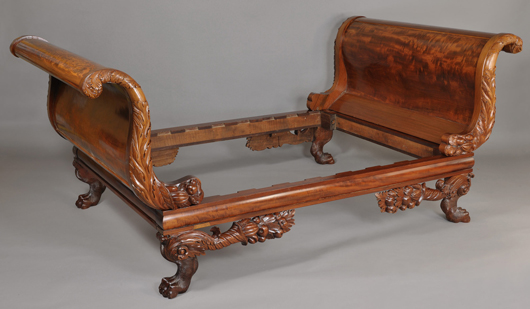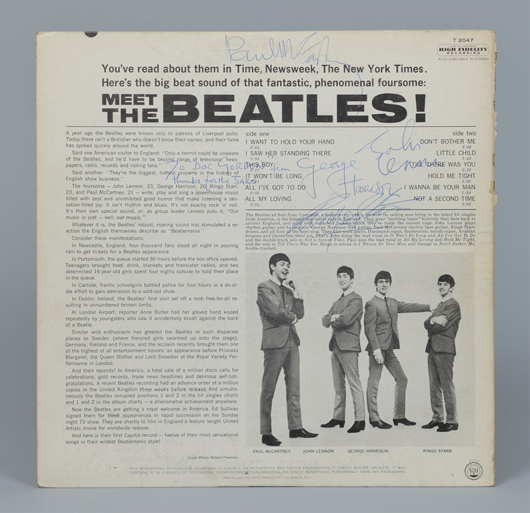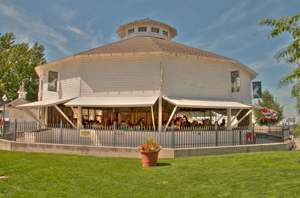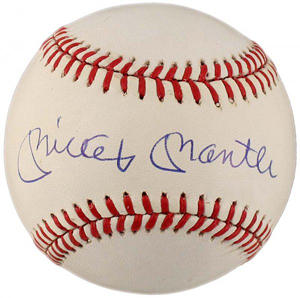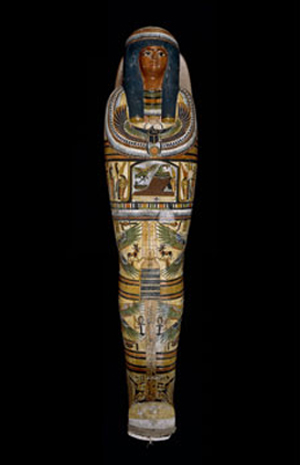
RICHMOND, Va. – The Virginia Museum of Fine Arts will be the only U.S. appearance for a major international touring exhibition of ancient Egyptian antiquities from the British Museum’s world famous collection. “Mummy: Secrets of the Tomb” will open on Nov. 19 and continue through March 11.
The 7,000-square-foot exhibition of 120 ancient artifacts is brought to life and contextualized by a 3-D film exploring the life, mummification and afterlife of an Egyptian priest.
Visitors to “Mummy: Secrets of the Tomb” will be immersed in the life and afterlife of Nesperennub, a temple priest who lived 3,000 years ago and whose mummy serves as the focus of this exhibition. In addition to the mummy of Nesperennub, the exhibition includes other human and animal mummies, jewelry, canopic jars, monumental stone sarcophagi, statuary, a gilded mask and bronze and stone sculpture.
“Visitors to this exhibition will be taken on an extraordinary adventure back to 800 B.C. to explore this priest’s world and his tomb,” Director Alex Nyerges said. “Their experience will include a 3-D film that will give them new insights into ancient Egyptian mummies and culture. Ancient Egyptian culture developed more than 5,000 years ago and its pyramids, mummies and beliefs about the afterlife have fascinated people for centuries.”
The 3-D film Exploring the Mummy, narrated by Patrick Stewart (Captain Jean-Luc Picard in the Star Trek the Next Generation TV series) is based on the most advanced scanning technology opens the exhibition. The film takes the audience on a journey that unwraps the mummy of Nesperennub in vivid detail and reveals the secrets of life and death in ancient Egypt. The film presents the scientific knowledge made possible by nondestructive scans of mummies and provides understanding into life expectancy, health, disease and funerary beliefs, as well as the complex process of mummification.
Until recently, the only way to extract data from Egyptian mummies was to actually unwrap the body, a destructive and irreversible process. In recent years, noninvasive imaging techniques have made it possible to look inside a mummy without disturbing the wrappings. This technology allows the viewer to literally travel through the body beneath the wrappings and reconstruct aspects of Nesperennub’s biography. Nesperennub was chosen for this project because his mummy is still in its original cartonnage coffin – it has never been opened, neither by looters in antiquity nor modern Egyptologists.
The first scans, completed in 2003, showed the state of the body and images of amulets wrapped within the mummy. Newer scans completed in 2010 provide sharper images, offer more details, and reveal additional amulets, as well as new details of Nesperennub’s physiology. For instance, the new scans revealed abscesses in Nesperennub’s teeth, suggesting a longer life span than previously believed. Through the film, visitors also learn what the scientific study of mummies has allowed us to discover about the reasons for and process of mummification, life expectancy, health and disease in ancient Egypt.
One of VMFA’s goals was to bring examples of Egyptian art that can convey its monumentality to Richmond. Two of the most striking objects are stone sarcophagi lids, objects that rarely travel – even without the chests, the lids weigh more than a ton). One of these, the lid of the sarcophagus of Nesisut, shows an idealized image of the deceased and inscriptions that record the promises made by the gods to protect Nesisut. The second lid, belonging to the sarcophagus of Pakap, is shaped like a mummy and includes an inscription that assures Pakap that “the gods will be purified at the sight of him every day.” Together the inscriptions on these lids make a demonstration of the mutual dependence of humans and gods. Two of the other stars of the exhibition are statues of the lioness-headed goddess Sekhmet. Like the sarcophagus lids, they are large-scale pieces, complementing VMFA’s permanent collection.
The mummy of Nesperennub is enclosed in a case made of cartonnage (layers of linen and/or papyrus resin covered with plaster). The painted surface includes a figure of the sun god Ra as a winged scarab beetle with a falcon’s head, the funerary god Sokar as a mummified falcon, and the emblem of the god Osiris. These deities ensured the resurrection of the deceased. The hieroglyphic inscriptions on the coffin’s lid and sides contain prayers to various gods to provide Nesperennub with “life, prosperity and health” and a long lifespan.
In a Judgment Scene from the Book of the Dead the deceased, Ankhwahibre, faces Osiris, while his conduct during his life is assessed by the symbolic weighing of his heart in a balance, to determine whether or not he has lived by the principles of Ma’at (truth or justice). A successful outcome was rewarded with admission to eternal life. A badly spent life brought punishment: the heart was swallowed by the monstrous Ammut “the Devourer,” who crouches on a plinth.
The cat, sacred to the goddess Bastet, was one of the most frequently mummified animals in ancient Egypt. Especially in later periods, the cats were usually covered in intricately patterned wrappings, with a representation of the animal’s head (here it is made from folded and painted linen). X-rays have shown that this specimen contains a small kitten that occupies only one-third of the bundle, the rest of which is filled with cloth.





